8 Protective & Low-maintenance Styles For 4C Hair
We all know that 4C hair is prone to get damage. Here in this post, we are going to share with you tips and tricks to maintain 4C hair and 8 chic protective styles for 4C hair.
What is 4C hair?
4C hair is a term used to describe a specific texture of African American hair that is tightly coiled, with a fragile texture and a highly porous nature. It is often described as being the most fragile and more prone to breakage of the hair types in the 4A-4C hair typing system. This hair type typically requires more moisture and TLC when styling and maintaining.

Prepare your hair for protective styling
Proper preparation and installation are critical to prevent damage and maintain moisture so that the protective style can last longer. Here are some tips and tricks to prepare your 4C hair for protective styling:
- Detangle the hair: Make sure to detangle your hair thoroughly before shampooing and styling your hair. Using a wide-tooth comb or your fingers to minimize knots will make it easier to manipulate your hair and decrease hair loss.
- Trim split ends: Trim any split ends or damaged hair before installing a protective style. This will help to prevent further breakage and keep your hair healthy.
- Cleanse your scalp and hair: Make sure to cleanse your scalp before installing a protective style. This will remove any buildup and ensure a clean, healthy environment for your hair to grow. Use a sulfate-free shampoo or co-wash (conditioner-only wash) to gently cleanse the hair, as sulfates can strip the hair of its natural oils.
- Moisturize and seal: 4C hair is naturally dry and prone to breakage, so it's important to moisturize it well before installing a protective style. After shampooing your hair, use a deep conditioner to moisturize and nourish the hair. Leave the conditioner on for at least 30 minutes under a shower cap or heat source to help the conditioner penetrate the hair. This can keep your hair hydrated and prevent breakage. Use a leave-in conditioner to provide additional moisture while styling your hair. Then style the hair using a gel or custard to define curls and reduce frizz.
- Not too tight while styling: If you need to cornrow or braid your natural hair, make sure that the style should be comfortable and not too tight, as this can cause tension and breakage.
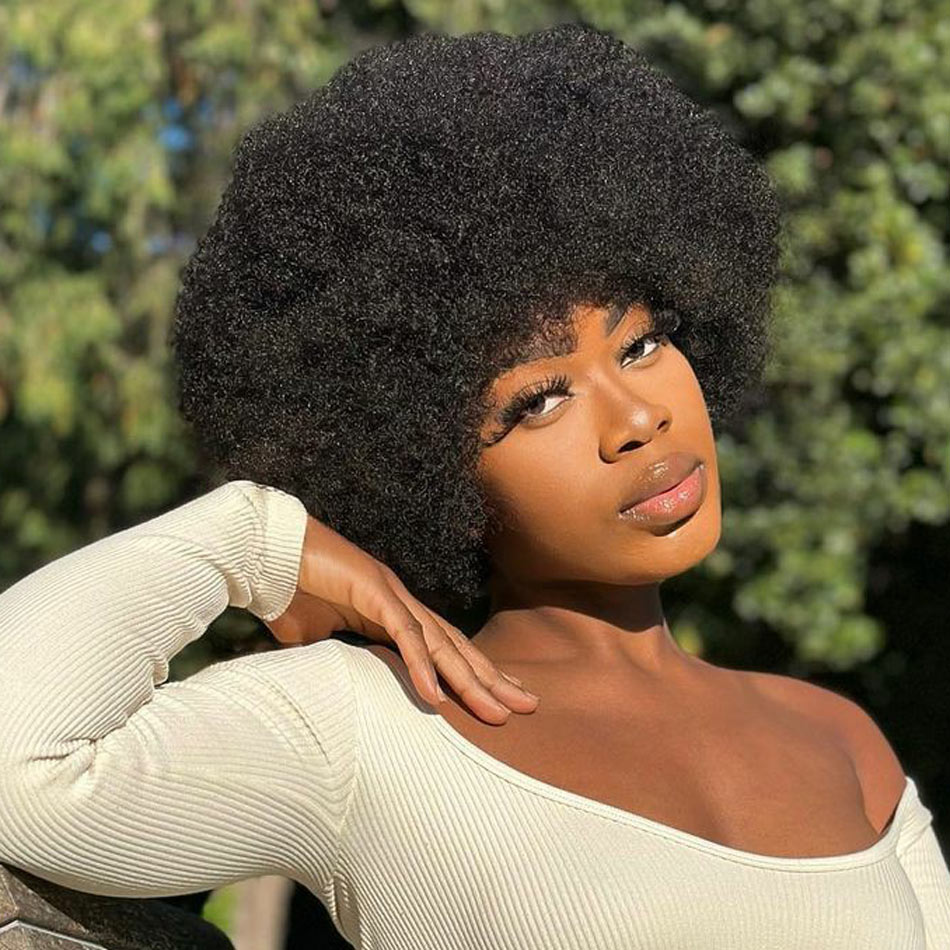
8 Protective hairstyle for 4C hair
Once your hair and hair extensions are well prepared and moisturized, start your protective style as desired. You can braid, twist, buns, or add hair extensions to install a protective hairstyle. Here are some gentle styling options that recommend for 4C hair. With manipulation, these styles will never damage your hair. Keep scrolling and get your next 4C hairstyle inspiration with no damage.
1. Box Braids
Box braids are a type of braided hairstyle that involves dividing the hair into small, square-shaped sections, or "boxes," before braiding each section individually. Hair extension is typically used in this style. Box braids can also be styled in a variety of ways, including as a single braid, a bun, or a ponytail. Box braids are a popular style among African American women. They are known for being low-maintenance and protective of natural hair. Box braids protect natural hair from damage and breakage by limiting the need for frequent styling and manipulation. And they also help to retain moisture and promote healthy hair growth.
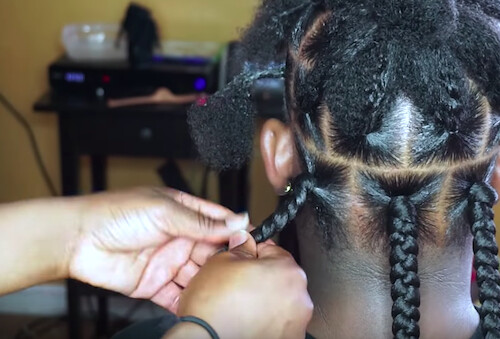
2. Cornrows
Cornrow hairstyle is a traditional African hairstyle where the hair is braided close to the scalp in a continuous, raised row. The braids can be styled in a variety of patterns and can be adorned with beads or other accessories. They are familiar among men and women of African descent and have become popular among people of all ethnicities. They are a low-maintenance and protective hairstyle that can be worn for weeks at a time. Cornrows help to protect natural hair from heat and harsh chemicals caused by daily styling. Additionally, this style can help to retain moisture.
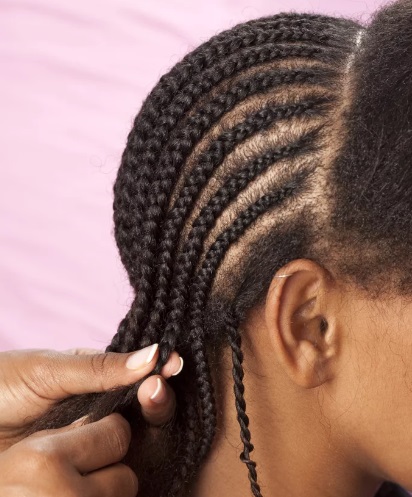
Here are some tips and tricks to create protective box braids and cornrows:
Tip 1: Make sure your natural hair is clean and detangled before you dive into the braiding process.
Tip 2: Make sure your hair is well moisturized before braiding. Regularly moisturize the braids with a water-based leave-in conditioner or light oil to keep the hair hydrated and prevent dryness and breakage.
Tip 3: Make sure the braids are tight enough to stay in place, but not so tight that they cause pain or discomfort.
3. Loose Buns
Loose buns are a quick and classic protective style for 4C hair. This hairstyle protects the hair from breakage and damage. It's available for both thin hair and short hair. This style can be worn with only natural hair.
Here are also some tips and tricks to create a protective loose bun style.
Tip 1: Ensure the hair is not pulled too tightly and that the bun is not too tight or too high on the head, or it will put extra stress on the hair and scalp.
Tip 2: Wrap a scarf or silk scarf around your bun at night to protect it from friction and keep it in place.
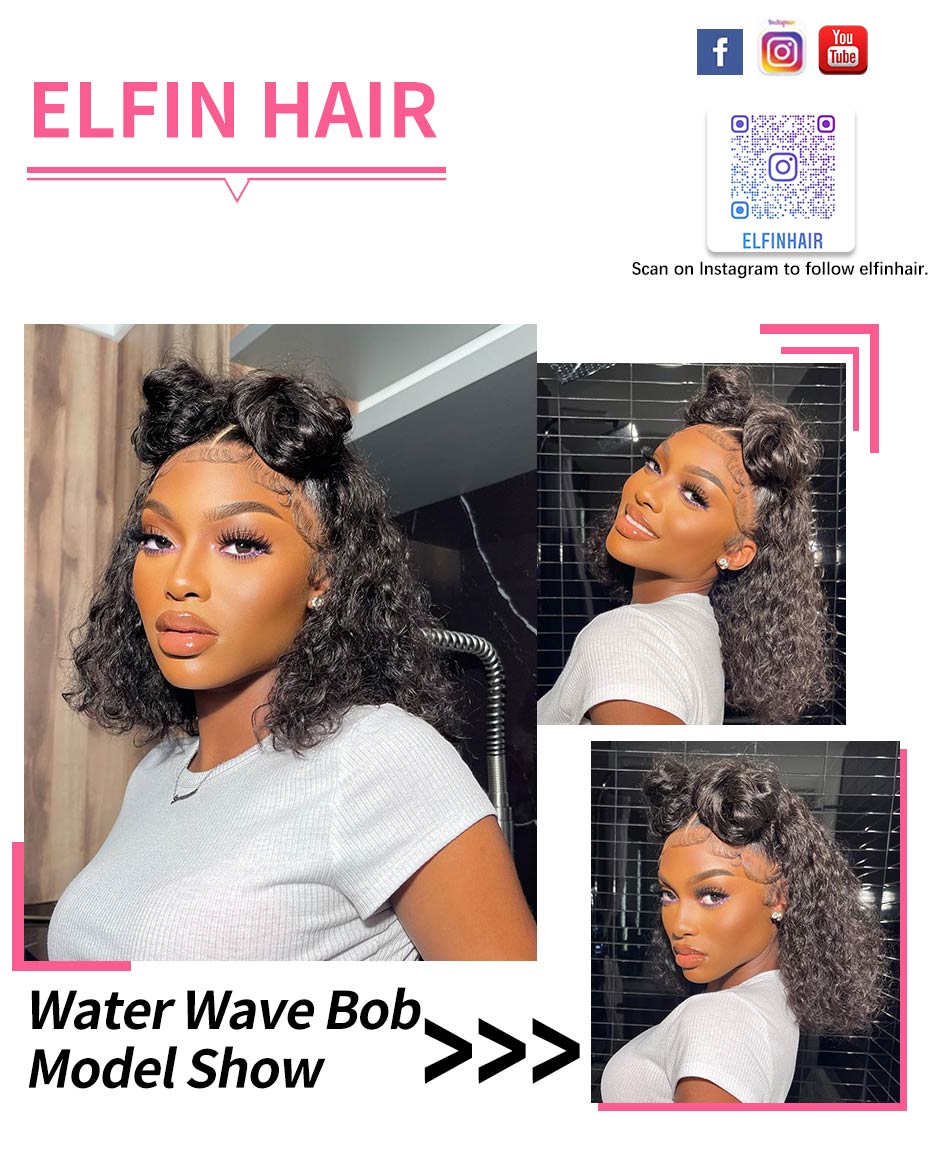
4. Twists
The twist style refers to a hairstyle in which the hair is divided into sections, twisted, and then secured into place. This style can be worn with natural hair or with extensions and can be done on both short and long hair. Twists can be done on the entire head or just in specific sections and can be styled in various ways such as braided, curled, or left loose. They are popular among women with natural or kinky hair as a way to style and protect their hair. Twist styles minimize exposure to heat and harsh chemicals from daily styling. Moreover, they also allow the hair to retain moisture and promote growth.
Here are also some tips for you while styling a protective twist style:
Tip 1: Detangle and moisturize your hair in advance to protect it from damage and keep it hydrated.
Tip 2: Allow your hair to dry completely before untwisting it. This will help to prevent frizz and maintain the shape of your twists.
Tip 3: Avoid using heat styling tools, such as flat irons or curling irons, and limit the amount of manipulation you do to your hair.
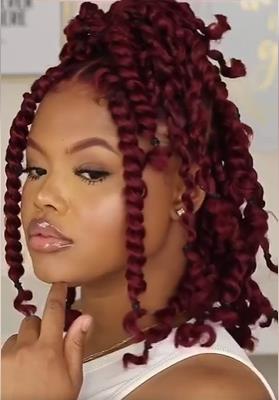
5. Crochet Braids
Crochet braids are a hair styling technique where small braids are created using a crochet needle and hair extensions. The braids are then attached to the natural hair using the crochet needle, creating a protective style that can last for several weeks. This technique is popular among African American women as it allows for a variety of hairstyles and textures, and can be used to add length and volume to natural hair.
Tips and tricks to achieve protective crochet braids:
Tip 1: Detangle and shampoo your hair before you dive into the braiding process. A clean and healthy base can help to prolong the duration of the braided style and minimize damage.
Tip 2: Make sure to keep your natural hair moisturized, and avoid pulling or tugging on the crochet hair.
Tip 3: Wrap your crochet hair with a satin or silky scarf at night is also a visible choice to prevent frizz.
Tip 4: While taking down the crochet braids, gently unravel the crochet hair from the braids and comb through your natural hair to remove any tangles.
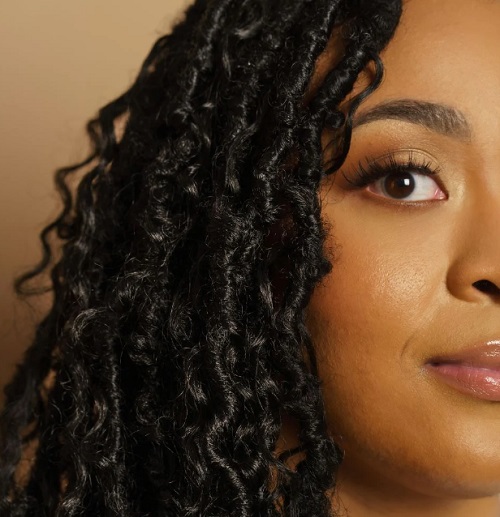
6. Senegalese Twists
Senegalese twists, also known as rope twists or Senegalese braids, are a type of hairstyle that involves twisting two strands of hair together to create a rope-like braid. This style is typically done with synthetic or human hair extensions and is often seen as a protective style for natural hair. It's very popular among African women. The twists are tightly braided, which prevents them from tangling or becoming frizzy. Additionally, the twists can also help to retain moisture in the hair, which also promotes healthy hair growth.
Tips to create protective Senegalese twists:
Tip 1: Start with clean and detangled hair,
Tip 2: Allow the twists to dry completely before untwisting or styling them.
Tip 3: Sleep on a satin or silky pillowcase to protect the twists from damage.
Tip 4: Keep your twists moisturized by applying a light oil or leave-in conditioner regularly.
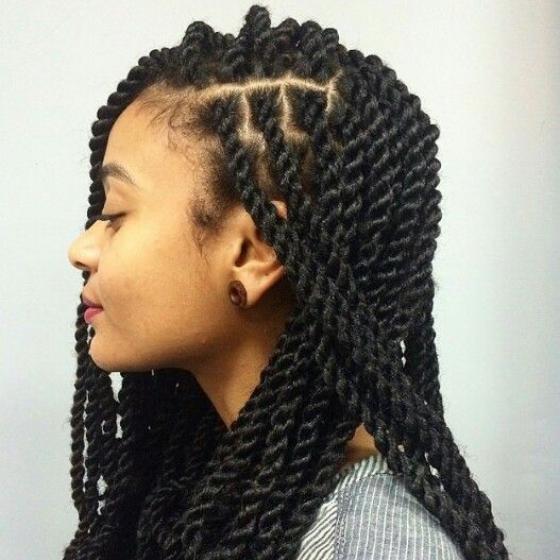
7. Faux Locs
Faux locs are a hairstyle that mimics the look of traditional dreadlocks. They are typically made by braiding hair extensions into natural hair. Unlike traditional dreadlocks, faux locs can be styled and maintained with less time and effort and can be removed without causing damage to the natural hair. They are a popular style among African American women and men. Since Faux Locs are braided or twisted, it is less likely to be brushed, combed, or styled in ways that can cause damage. This can help promote healthy hair growth and reduce the need for frequent trims or other hair care treatments.
Tips to create protective Faux Locs:
Tip 1: Before installing your faux locs, make sure your hair is clean, detangled, and free from any knots or tangles.
Tip 2: When sleeping, protect your faux locs by wearing a satin scarf or bonnet to prevent tangling and breakage.
Tip 3: Regularly brush and moisturize your faux locs to keep them healthy and looking their best.
Tip 4: Avoid applying harsh chemicals and heat on your faux locs.
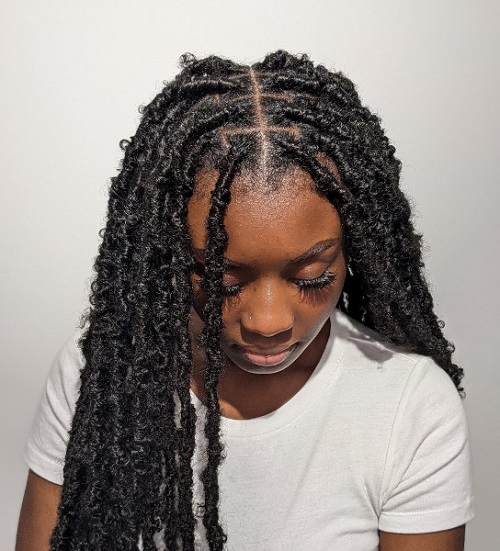
8. Bantu Knots
Bantu knots are a traditional African hairstyle that involves dividing the hair into small sections and tightly twisting or knotting each section around itself to create small, rounded curls. The knots can typically be left in for a few days to create a defined, curly hairstyle. The style is often associated with black culture and is commonly popular among women with naturally curly or kinky hair.
Bantu knots are a protective style that helps to keep the hair in place and prevent it from tangling or becoming damaged during sleep or other activities. Additionally, Bantu knots can be used to stretch and define curls with no heat, which can also help to protect the hair from damage.
Tips to create protective Bantu knots:
Tip 1: Before creating your Bantu knots, apply a moisturizing product such as a leave-in conditioner or hair oil to your hair. This will help protect your hair from damage caused by the knots.
Tip 2: Use a wide-toothed comb to gently detangle your hair before creating your knots. This will help ensure that your knots are smooth and minimize tangles.
Tip 3: Before going to bed, wrap your hair in a satin scarf or bonnet to protect your knots while you sleep. This will help prevent them from unraveling and causing damage to your hair.
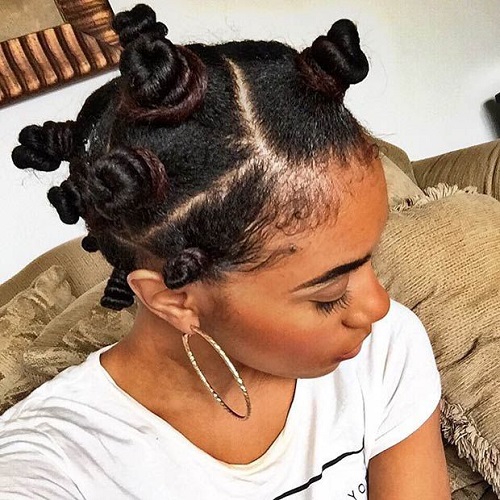
The above-mentioned are 8 chic and classic protective hairstyles for 4C hair.
If you need to add hair extensions for your protective style, make sure you buy 100% Remy hair extensions. Hair extensions of poor quality are prone to tangle with your natural hair and even lead to itch. Remy hair extension is 100% cuticle-aligned human hair, which is more textured and healthier than non-Remy hair and synthetic hair. By the way, don't forget to shampoo and detangle your hair extension follow the instructs on the package before installation. Visit Elfin Hair to get 100% human hair extensions!
Related Posts:
How To Braid Hair With Extensions?
Gorgeous Hairstyles For 14-Inch Hair

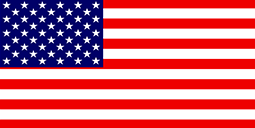 USD
USD EUR
EUR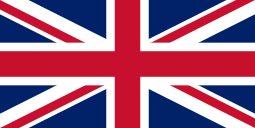 GBP
GBP CAD
CAD AUD
AUD










